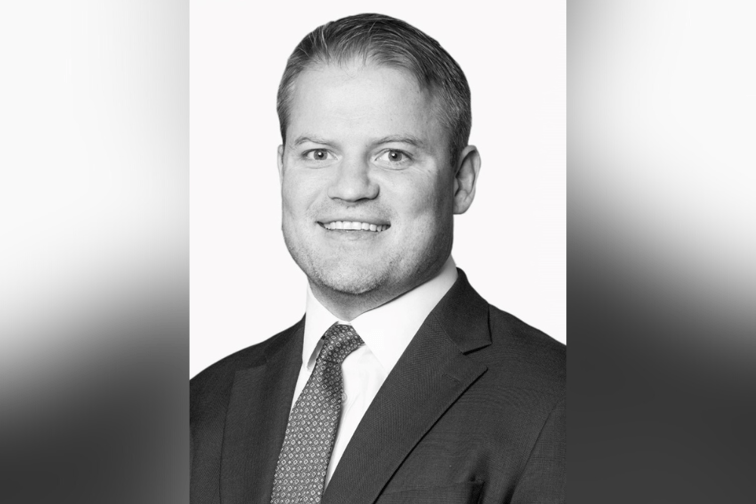

Some market reports are indicating that, for the first time in many years, the financial lines market is broadly returning to profitability. Honan Insurance Group’s latest quarterly market update, based on data disclosed to the Australian Prudential Regulation Authority (APRA) from leading insurers, adds more substance to this financial lines trend.
Honan’s Henry Clark (pictured above), head of professional and executive risks, told Insurance Business that Lloyd’s of London is hungry again for Aussie business.
“We’ve certainly seen London, particularly, more aggressively looking at Australian risks where, in prior years, they were more selective,” said Clark. “So that’s increased the competition here in Australia.”
Clark puts this in the context of Lloyd’s decile 10 review.
“Australian PI particularly was regarded as one of the worst performing classes,” he said. “Now, Lloyd’s has been through remediation, it has improved its margins and we’ve certainly seen a number of syndicates look to write business in Australia again, particularly for the publicly listed D&O (directors and officers) space.”
Clark said there are several new syndicates looking to write business with Australia publicly listed companies that were “very active, particularly in the last quarter.”
The Honan expert said in the years before 2021 there were a number of IPOs (initial public offerings), where London underwriters received high transactional cost premiums.
“In 2022, there was a low amount of IPOs, so insurers were not receiving comparable income to prior years from those IPOs and so as we got to the end of the 2022 calendar, insurers were looking to write business so they could hit their targets,” he said.
Clark said the APRA data Honan assessed included “key metrics” that showed the overall financial lines premium pool had increased by 20% annually to around $5 billion.
“The overall reported financial lines gross loss ratios have vastly improved to 65%,” he said. “If you look at the prior reporting year, that was at 100%.”
Clark said this data indicates that insurers’ remediation work, prompted by the Lloyd’s decile 10 review from 2018 onwards, has boosted profits.
“Where there’s been premium uplift and better underwriting discipline, it has resulted in improved profitability for insurers,” he said.
Clark said the D&O market is one area that has seen improvements “in terms of the claims environment and insurers receiving increased premiums.”
“If you look at the D&O market, for example, that has been one product line that has experienced the highest rates uplift over consecutive years,” he said. “But if you look at the last four years for class action filings, they have dropped.”
Clark said the relaxation of the continuous disclosure laws by the former Morrison government “may have contributed” to the drop in securities class actions. Honan data shows that after a high point of 24 class action filings in 2018, in 2022 the number was down to under 10.
“But that needs to be monitored because the Albanese government, potentially may look to unwind the relaxation of those continuous disclosure laws,” he said. “Also, the Hayne Royal Commission contributed significantly to the number of securities class action filings and we’ve now seen an easing of claims related to that commission.”
Despite these “positive signs”, Clark said the implications of the longtail nature of financial lines business should be taken into account.
“Financial lines has become more profitable for insurers but, in saying that, it’s a longtail class of business and so insurers are still looking in the rear vision mirror for actions in the past,” said Clark.
He said there are still classes of financial lines insurance that are hard to place.
“The construction industry, for example, particularly due to inflationary costs that have delayed projects that have resulted in large construction firms going into administration,” said Clark. “There has also been increased claims reserves on the back of high inflationary costs.”
He said the construction sector “certainly has its challenges.” Coverages for retail exposure in financial services, non-bank lenders and mortgage brokers, he said, are also hard to place.
“However, there’s been some new capacity that’s entered the market from specialist underwriting agencies that do have the expertise to underwrite some of those risks,” said Clark.
The areas that could be described as broadly recovering, he said, are D&O and parts of the professional indemnity market.
“I think with professional indemnity, it’s a bit of a two tiered market so there’s certainly a lot of appetite for targeted professions where we’re seeing things flatten or reductions taking place for more of the vanilla type risks,” he said. “But then there are still certain professions where there’s a lack of capacity.”
In this “transitional market,” Clark said he will be watching the behaviour of underwriters in the coming months.
“It won’t take a lot for increased rate reductions to put pressure back on profitability,” he said.
Clark said that from his meetings with heads of financial lines in major markets he thinks “all insurers are very hungry to write new business so that means increased competition and it’s made it certainly a more buyer friendly market.”
“So, hopefully, the underwriting discipline remains in place and we have a sustainable market,” he said.
However, at the moment, he said, clients are appreciating the greater “optionality” [more insurers and capacity] in 2023, than there has been in prior years.
“That then increases the competition and then increases the negotiating power of the brokers,” he said.
Are you a broker working in financial lines? Please tell us about your challenges below.
